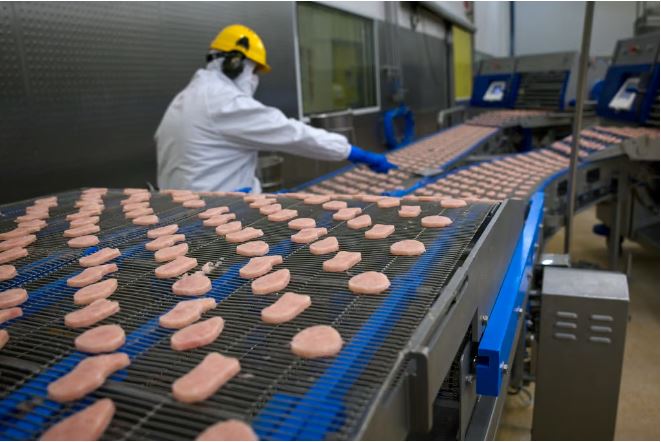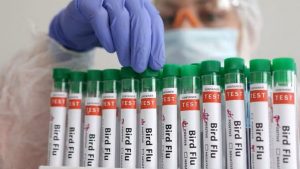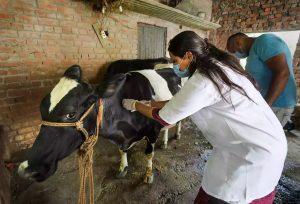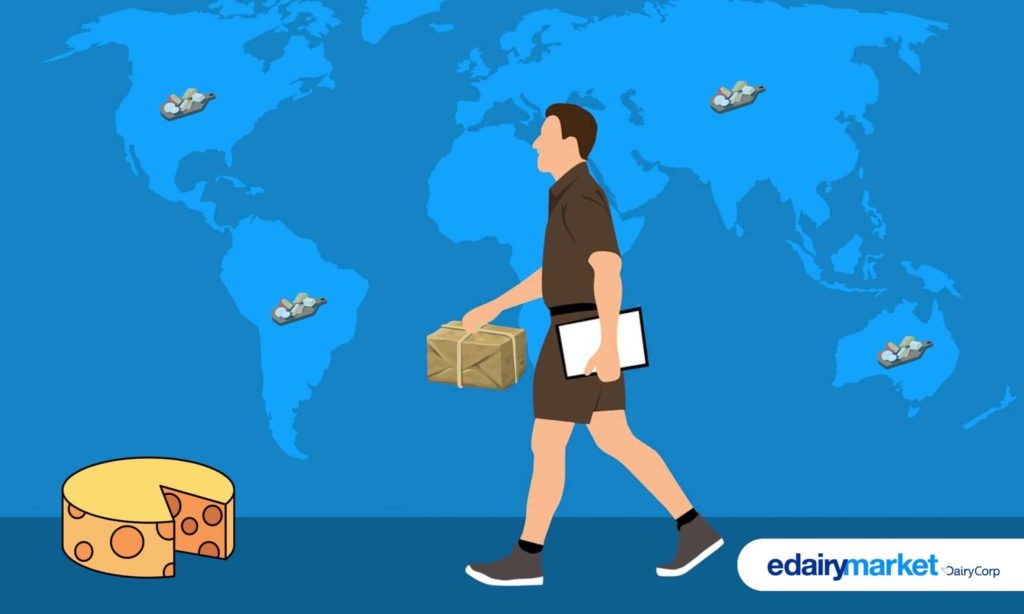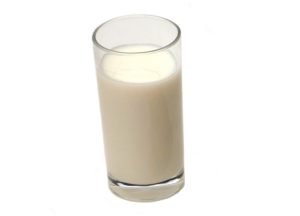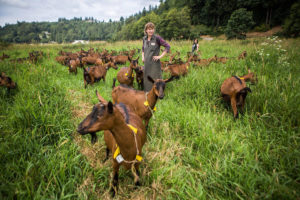Cows and milk are out, chicken and broccoli are in — if the World Bank has its way, that is.
In a new paper, the international financial lender suggests repurposing the billions rich countries spend to boost CO2-rich products like red meat and dairy for more climate-friendly options like poultry, fruits and vegetables. It’s one of the most cost-effective ways to save the planet from climate change, the bank argues.
The politically touchy recommendation — sure to make certain conservatives and European countries apoplectic — is one of several suggestions the World Bank offers to cut climate-harming pollution from the agricultural and food sectors, which are responsible for nearly a third of global greenhouse gas emissions.
“We have to stop destroying the planet as we feed ourselves,” Julian Lampietti, the World Bank’s manager for global engagement in the bank’s agriculture and food global practice, told POLITICO.
The paper comes at a diplomatically strategic moment, as countries signed on to the Paris Agreement — the global pact calling to limit global warming to 1.5 degrees Celsius — prepare to update their climate plans by late 2025.
With the world needing to accelerate its emissions cuts to keep the Paris deal’s goals alive, the World Bank wants officials to pay more attention to the agriculture and food industries, which the bank says have long been neglected and underfunded.
According to the report, countries must funnel $260 billion each year into those sectors to get serious about erasing their emissions by 2050 — a common goal for developed economies. That’s 18 times more than countries currently invest.
Governments can partly plug the gap by reorienting subsidies for red meat and dairy products toward lower-carbon alternatives, the World Bank says. The switch is one of the most cost-effective ways for wealthy countries — estimated to generate roughly 20 percent of the world’s agri-food emissions — to reduce demand for highly polluting food, it argues.
The result, it adds, would essentially price climate impact into food costs.
“The full cost pricing of animal-sourced food to reflect its true planetary costs would make low-emission food options more competitive,” the report says, stressing that shifting to plant-based diets could save twice as much planet-warming gases as other methods.
Demand for meat and dairy products comprises almost 60 percent of agri-food emissions.
Lampietti warned against too much focus on “what you shouldn’t do,” encouraging more attention “on what you should do.” Food is an “intensely personal choice,” he added, saying he fears that what should be a data-based debate may be turned into a culture war battle.
“The big worry here is that people start using this as a political football,” he said.
You can now read the most important #news on #eDairyNews #Whatsapp channels!!!
🇮🇳 eDairy News ÍNDIA: https://whatsapp.com/channel/0029VaPidCcGpLHImBQk6x1F

